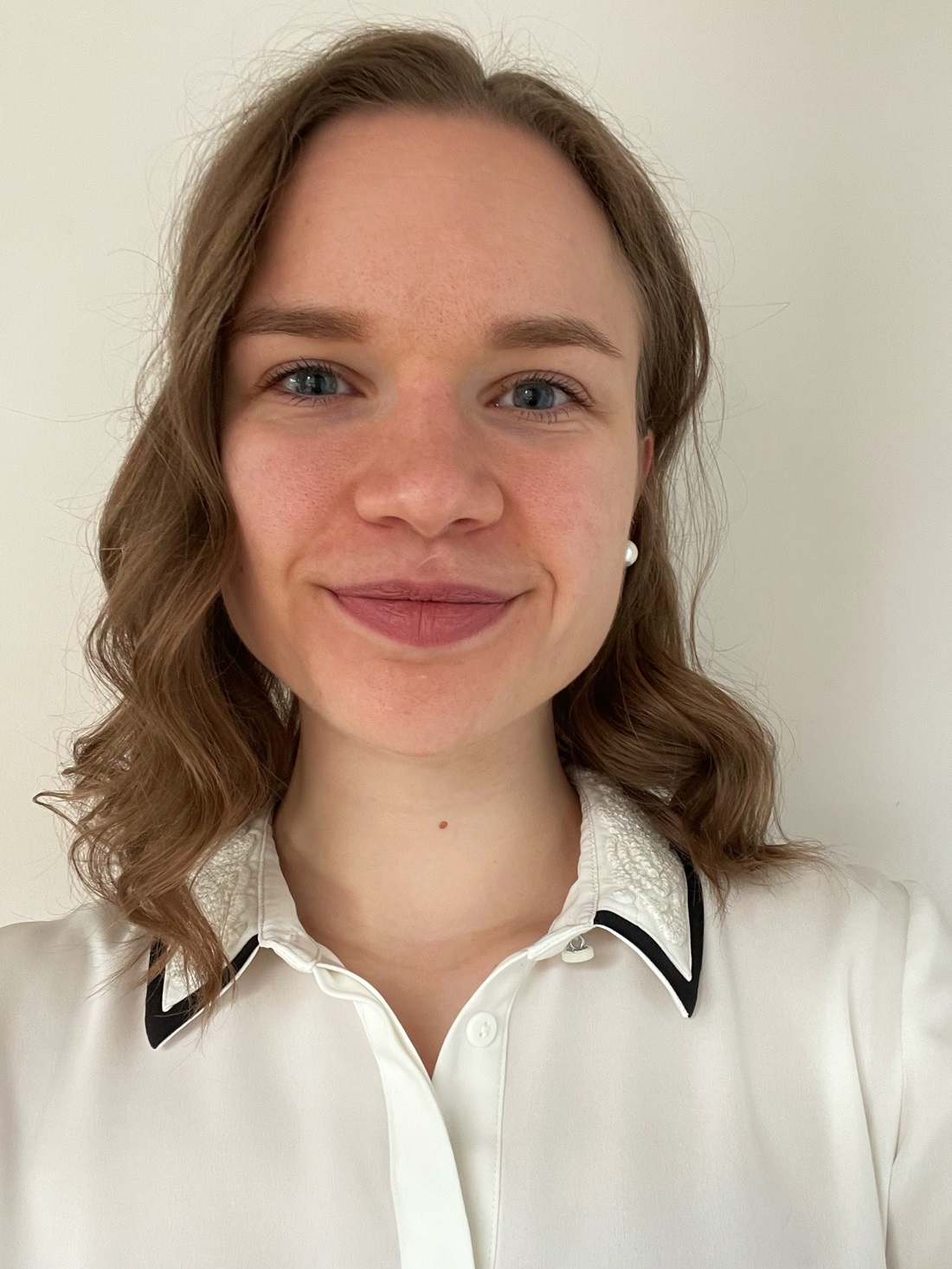Lea Christiersson thesis defense.
– Published 29 October 2025

Lea Christiersson will defend her thesis "Modeling Mitral Valve Dynamics: From Experimental Validation to Patient-Specific Simulations"
Friday, November 14th.
Time: 09:00.
Place: Lecture Hall E:1406.
Link to thesis in LU Research Portal.
The heart consists of four chambers, two atria and two ventricles, separated by four valves that ensure unidirectional blood flow and efficient cardiac function. Among these, the mitral valve regulates blood flow between the left atrium and left ventricle and is one of the most mechanically loaded structures in the heart, stabilized by the chordae tendineae, which are connective structures. Consequently, mitral valve disease can have severe consequences. Approximately 1% of children are born with congenital heart defects, some of which involve mitral valve abnormalities such as stenosis (restricted opening) or regurgitation (leakage). Both conditions can be life-threatening and often require surgical repair. However, predicting post-surgical valve function remains challenging. Patient-specific computational modeling could, in the future, complement imaging modalities such as echocardiography and magnetic resonance imaging (MRI) by providing additional insights into valve function and hemodynamics. Such models may also allow virtual testing of surgical strategies, supporting pre-operative planning and personalized treatment. This thesis represents an initial step toward developing and validating a computational model capable of predicting mitral valve function and flow dynamics following surgical intervention. The model is based on fluid-structure interaction (FSI), which couples solid and fluid mechanics to capture the interplay between blood flow and valve motion. In summary, the overarching aim of this thesis was to develop and validate a clinically feasible FSI framework for patient-specific modeling of mitral valve function and hemodynamics. The work demonstrates both the challenges and potential of modeling the complex interaction between blood flow and valve motion. It also illustrates the value of simulation-based approaches for improving understanding of valve mechanics and evaluating surgical repair strategies. This framework represents an important step toward a computational tool that could assist clinicians in planning and optimizing mitral valve repair.
